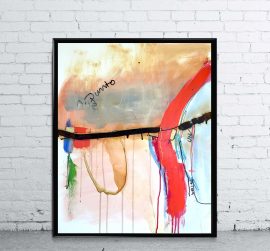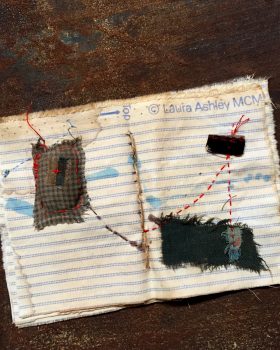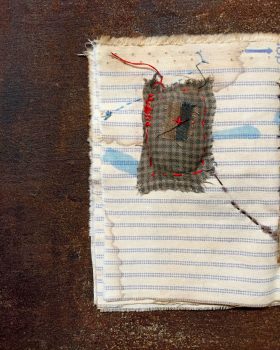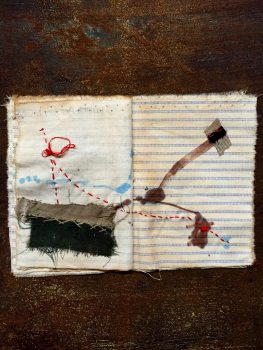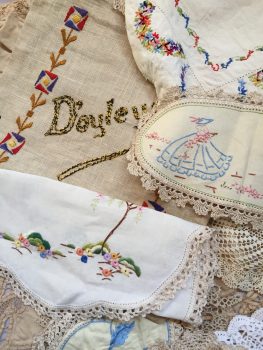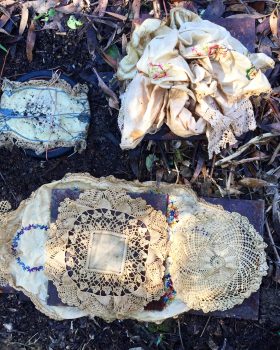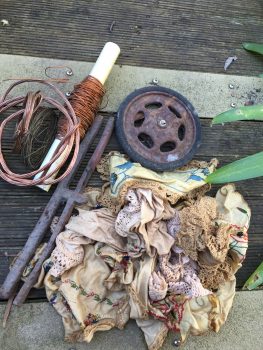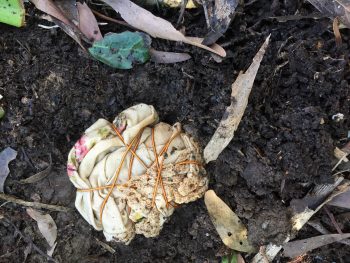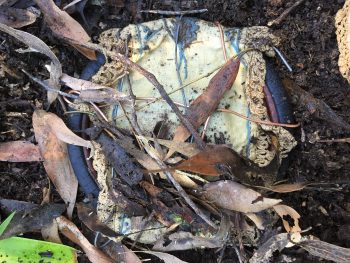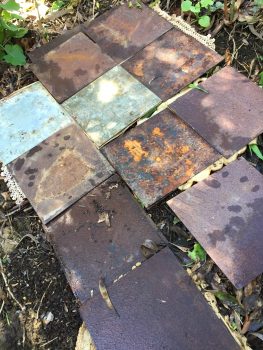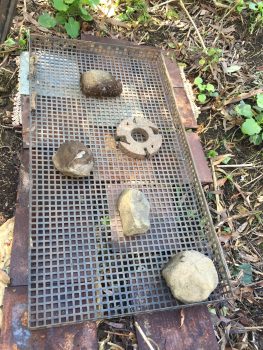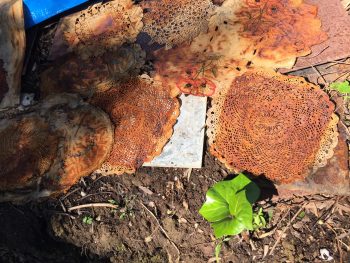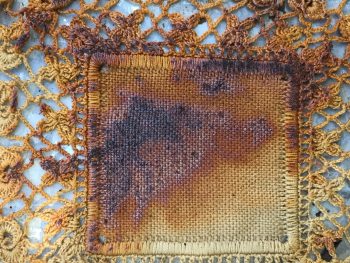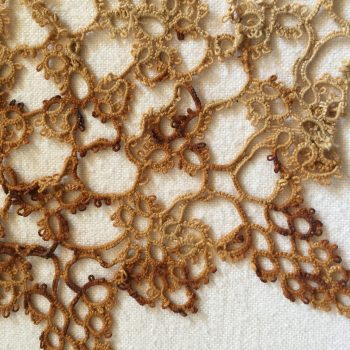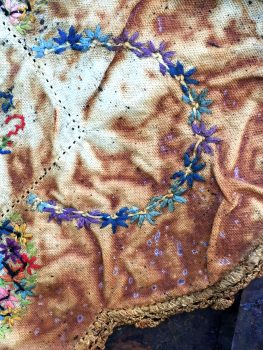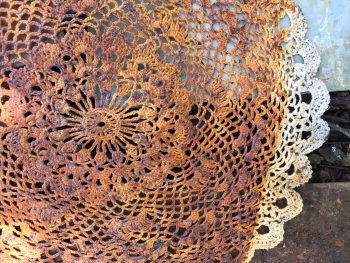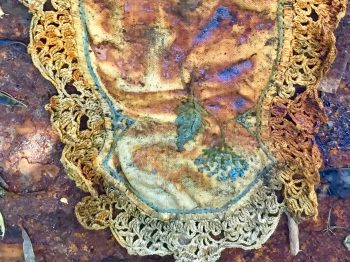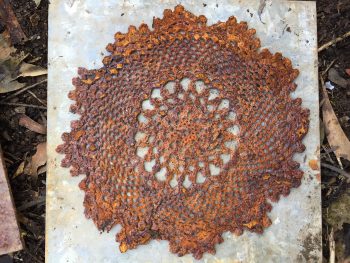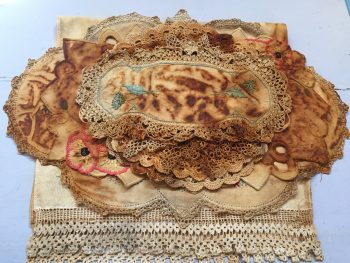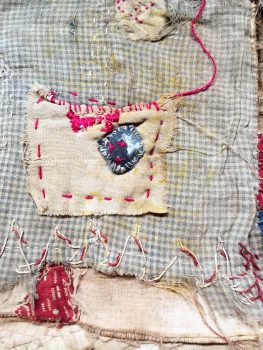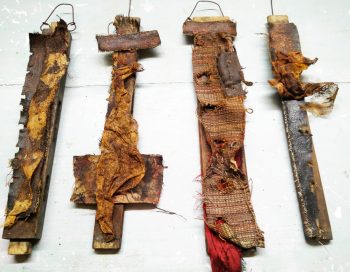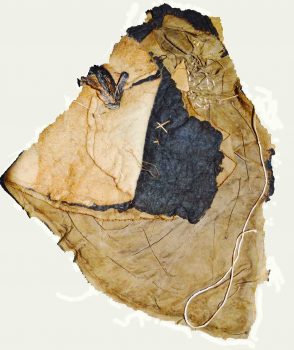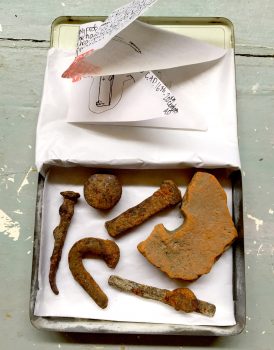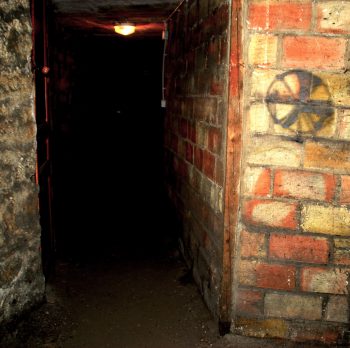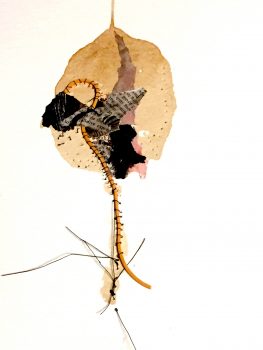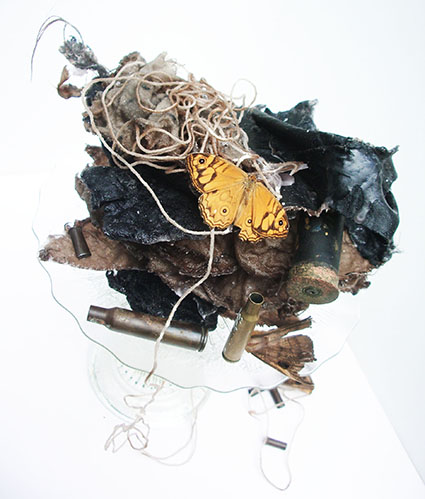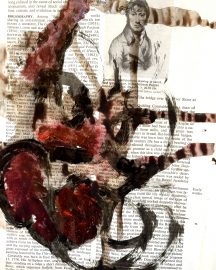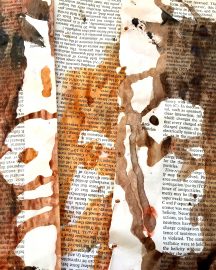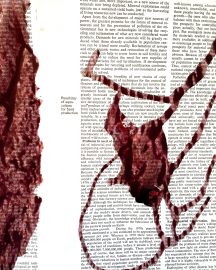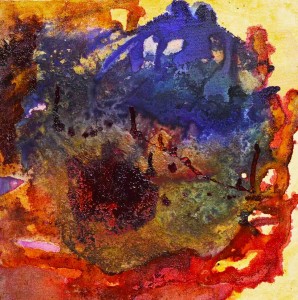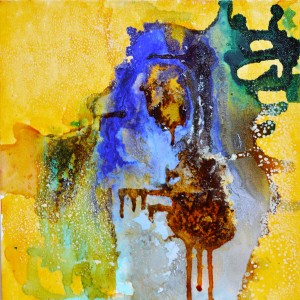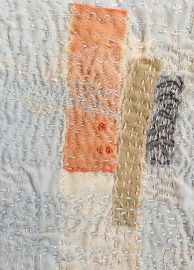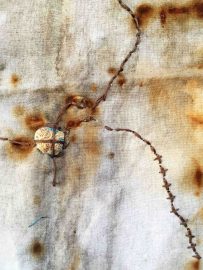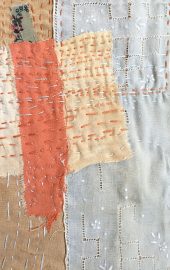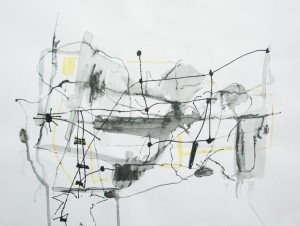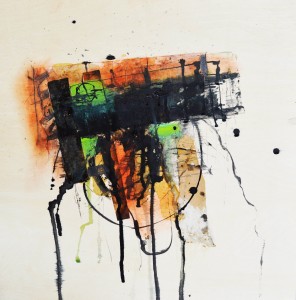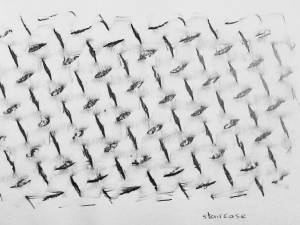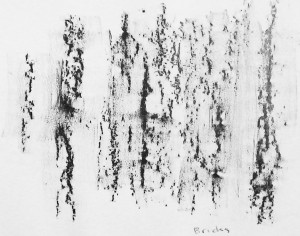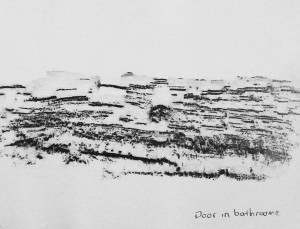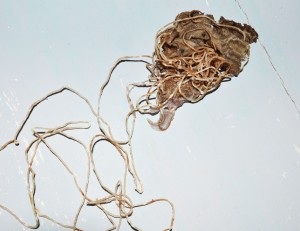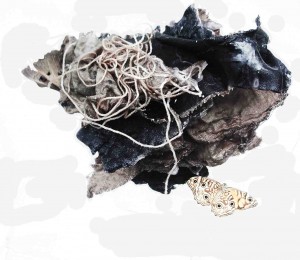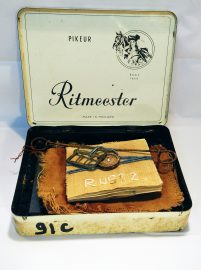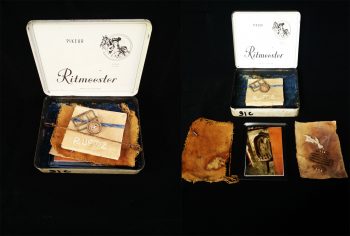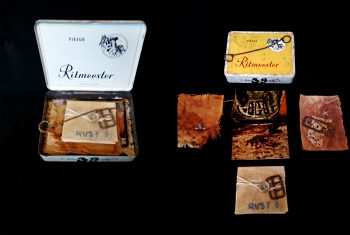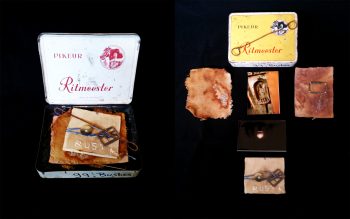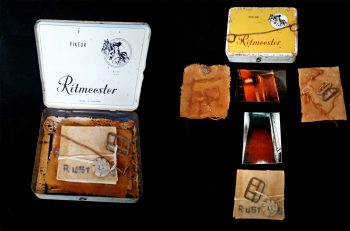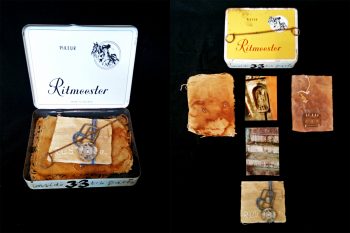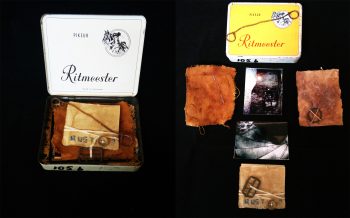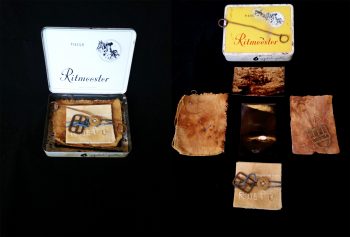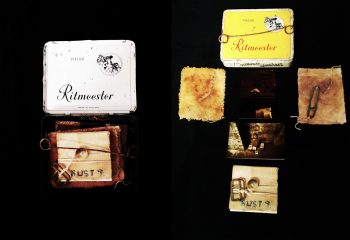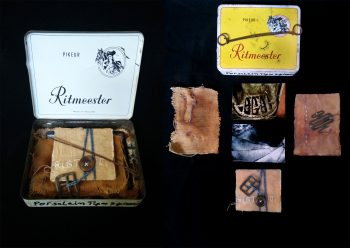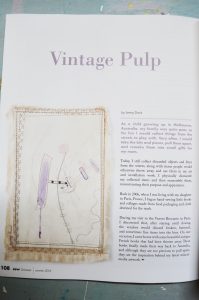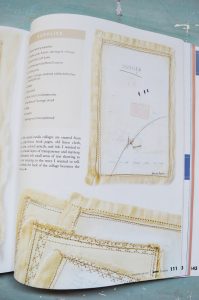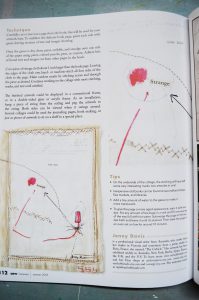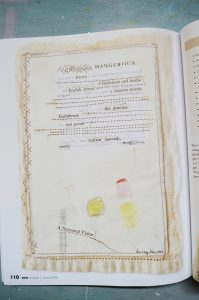Land Wrap by Jenny Davis
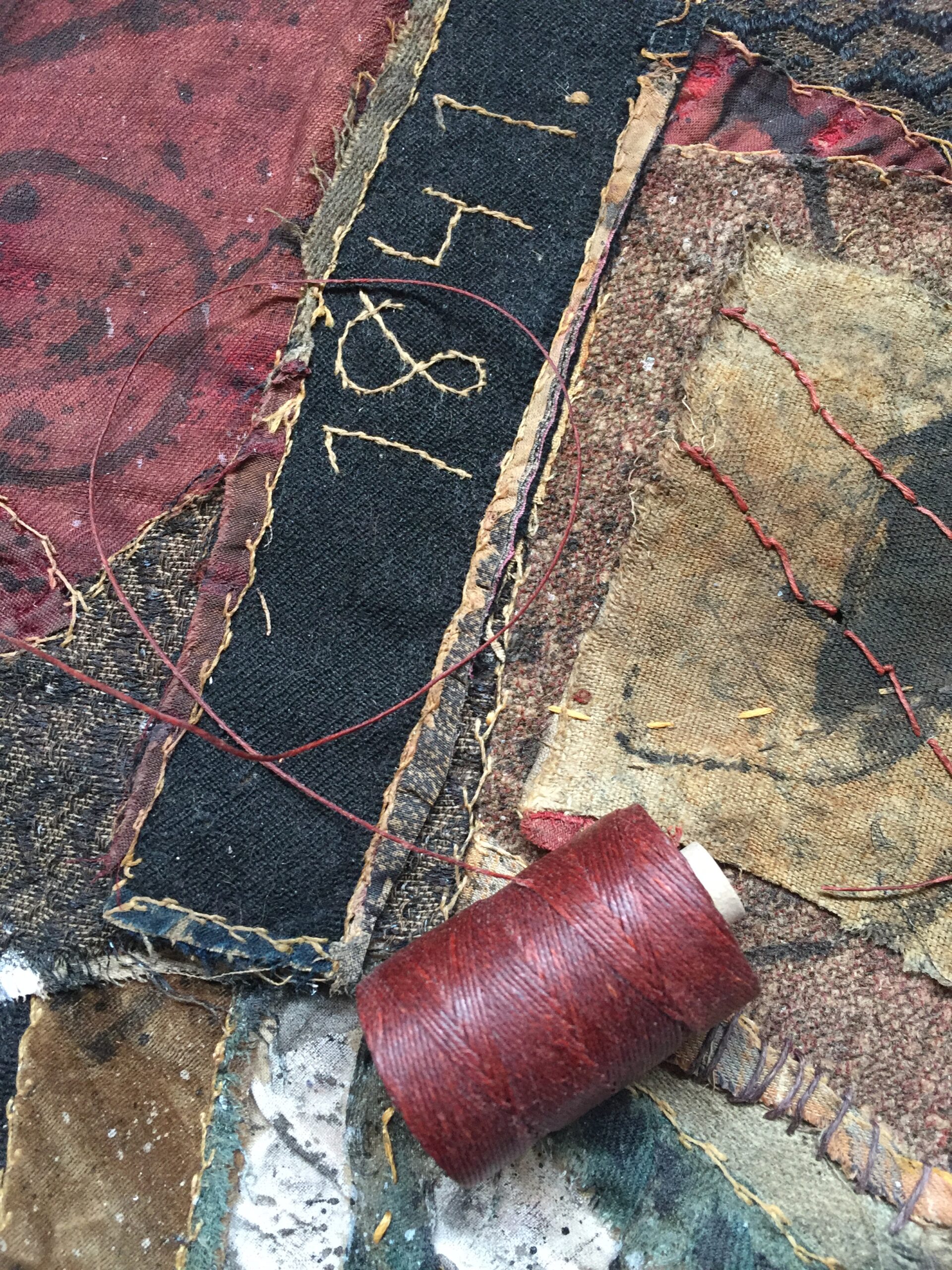
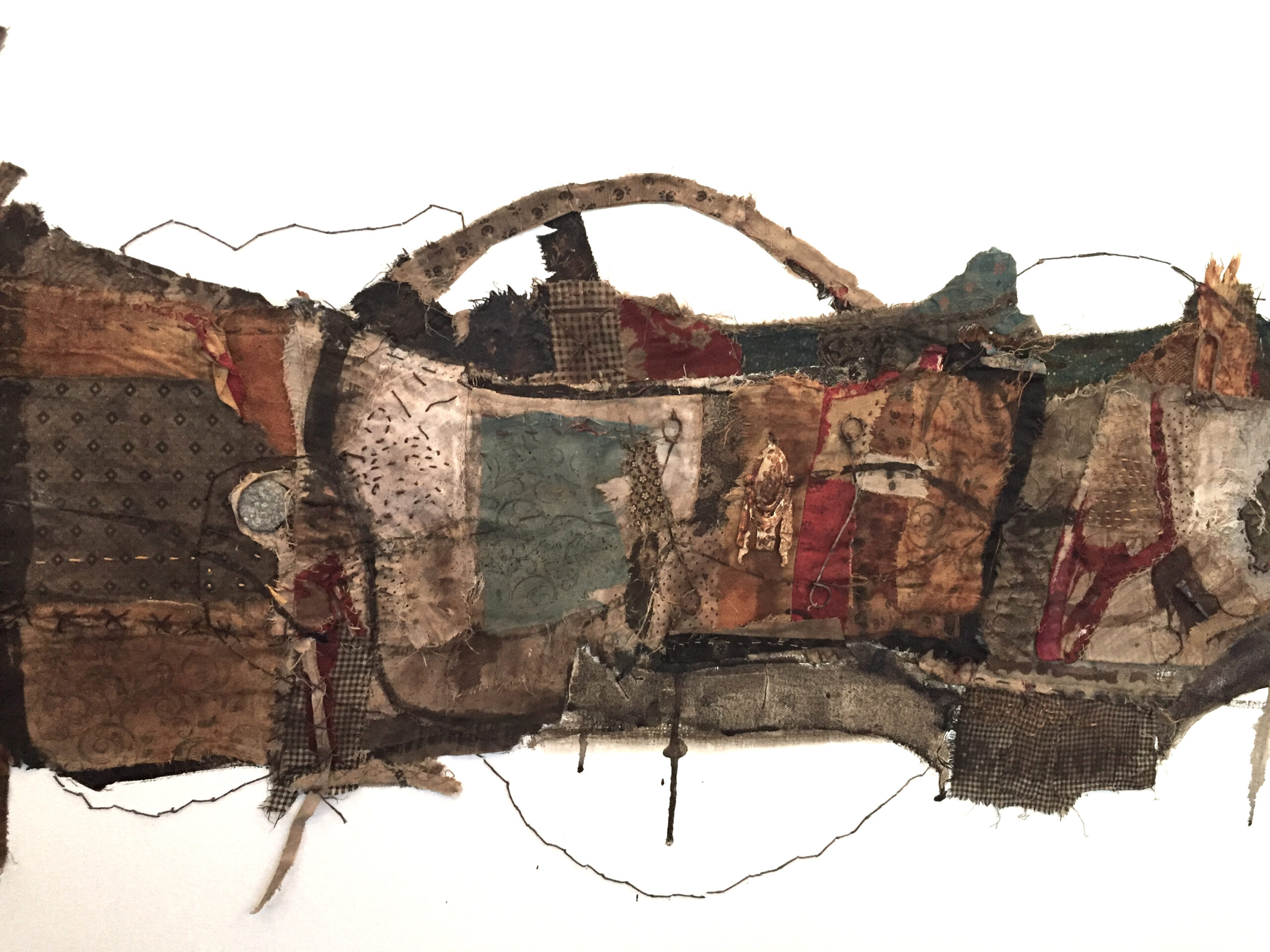
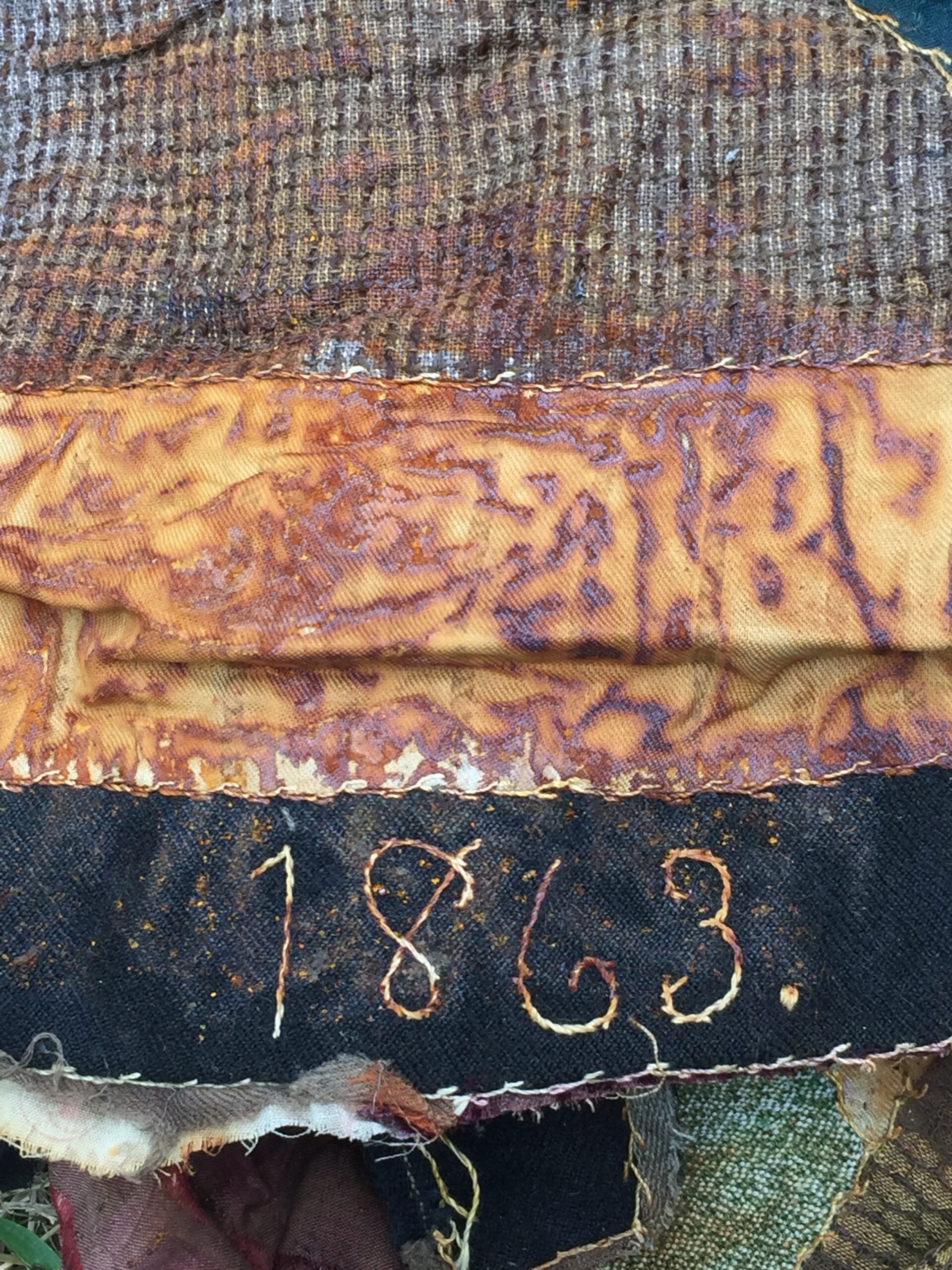
Coming soon…Rydges CBD Hotel Melbourne. July 2023
Early last year in 2022, I was commissioned by Janet Graham Interiors Sydney, to create a series of large scale artworks for the lobby and penthouse of the Rydges CBD Hotel in Melbourne.
My artworks are now finished and shortly, I will send out information where you can view my artworks and other artists on permanent display in the hotel. The hotel reopens in late July 2023.
There will be artwork in the public areas, guestrooms and corridors that celebrates the best of local artists. Interior designer Janet Graham spent many months researching and engaging with the local Victorian art community to compile a list of artists’ works on mixed mediums to enhance the guest’s local experience.
You can also view my whole creative process here
About Landwrap Series & Arts Practice
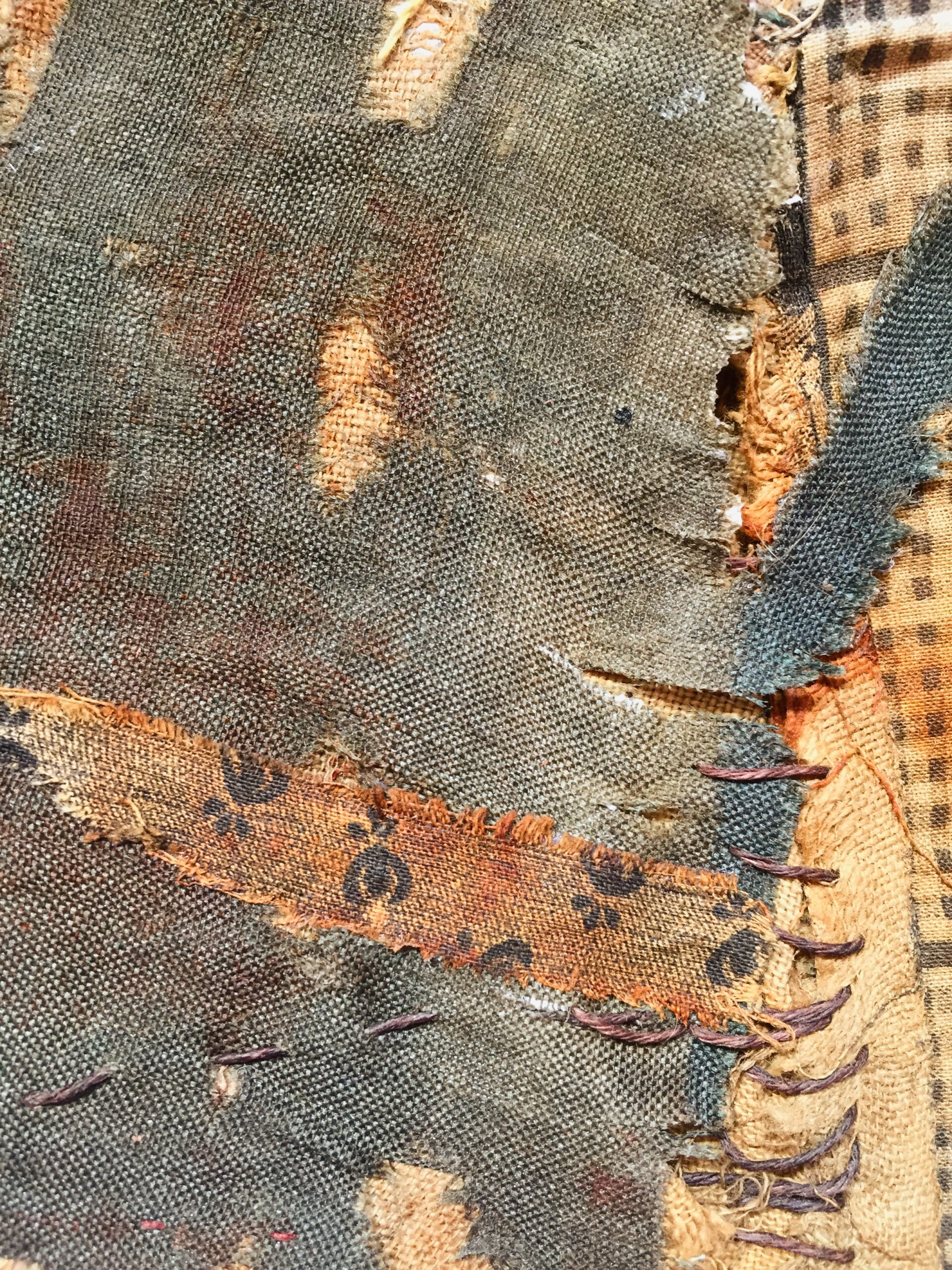
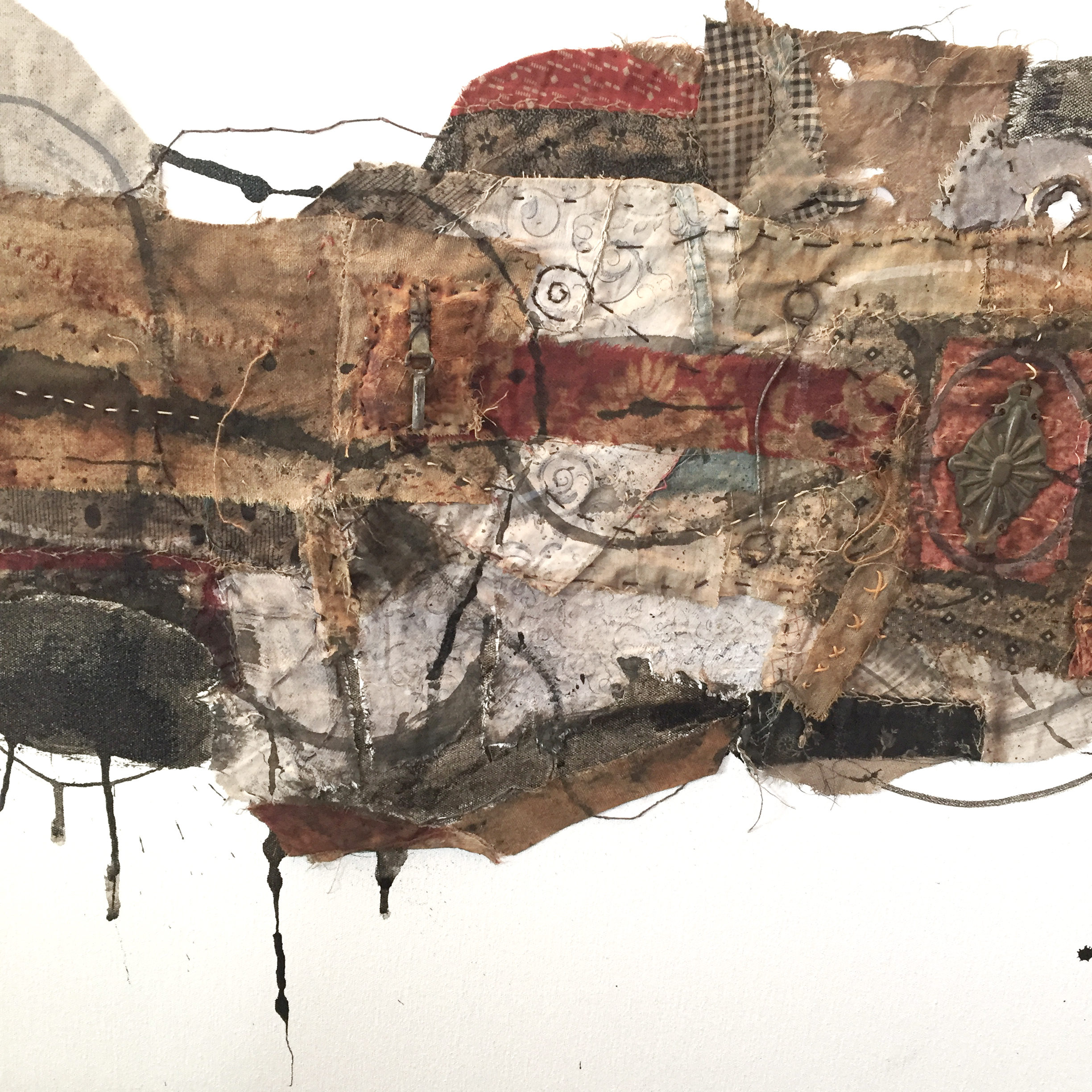
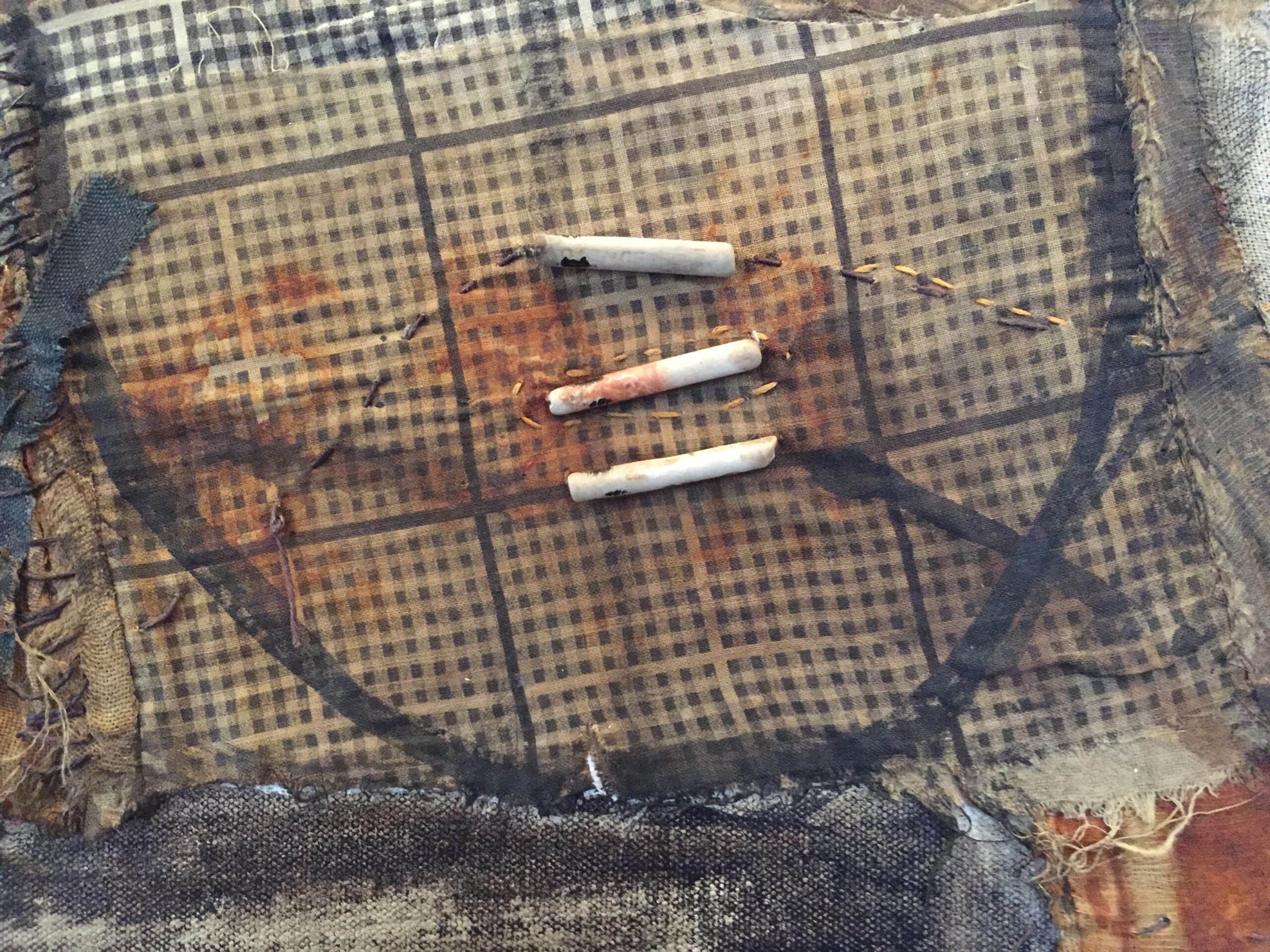
My practice fuses together the aspects of both the traditional and the contemporary ideas to explore themes of history, environment, and women’s history through abstract painting, mark making, intuitive hand stitching, and found objects to create a unique visual vocabulary
Through my use of mixed media, I use spontaneous mark making techniques, created intuitively and randomly, exploring the imperfections and incompleteness of space and unseen marks to convey my ideas. In my latest works I celebrate the beauty of the rust, random stitching, and the ever-evolving act of recycling, re-discovering and re-purposing in our current cultural context.
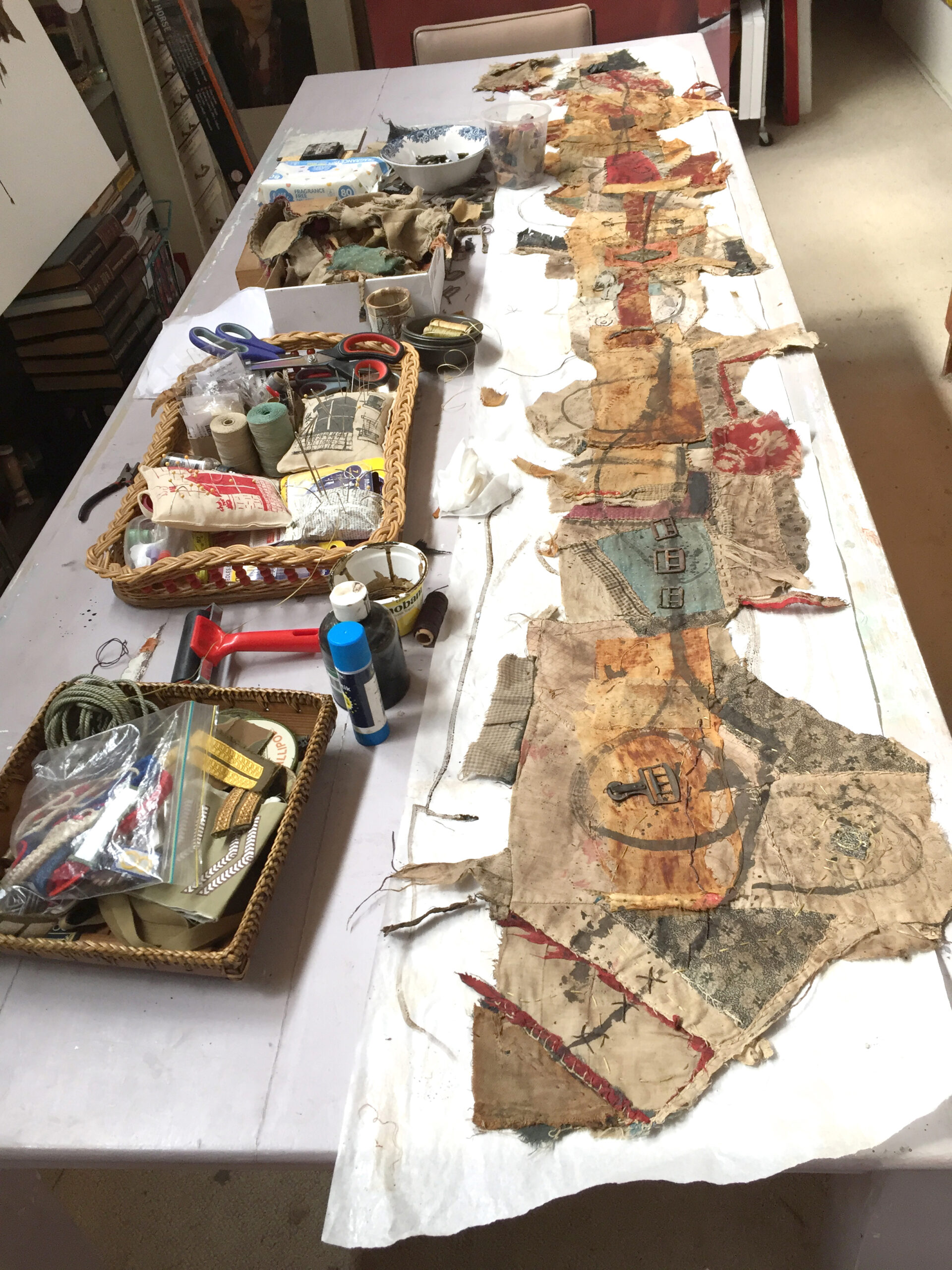
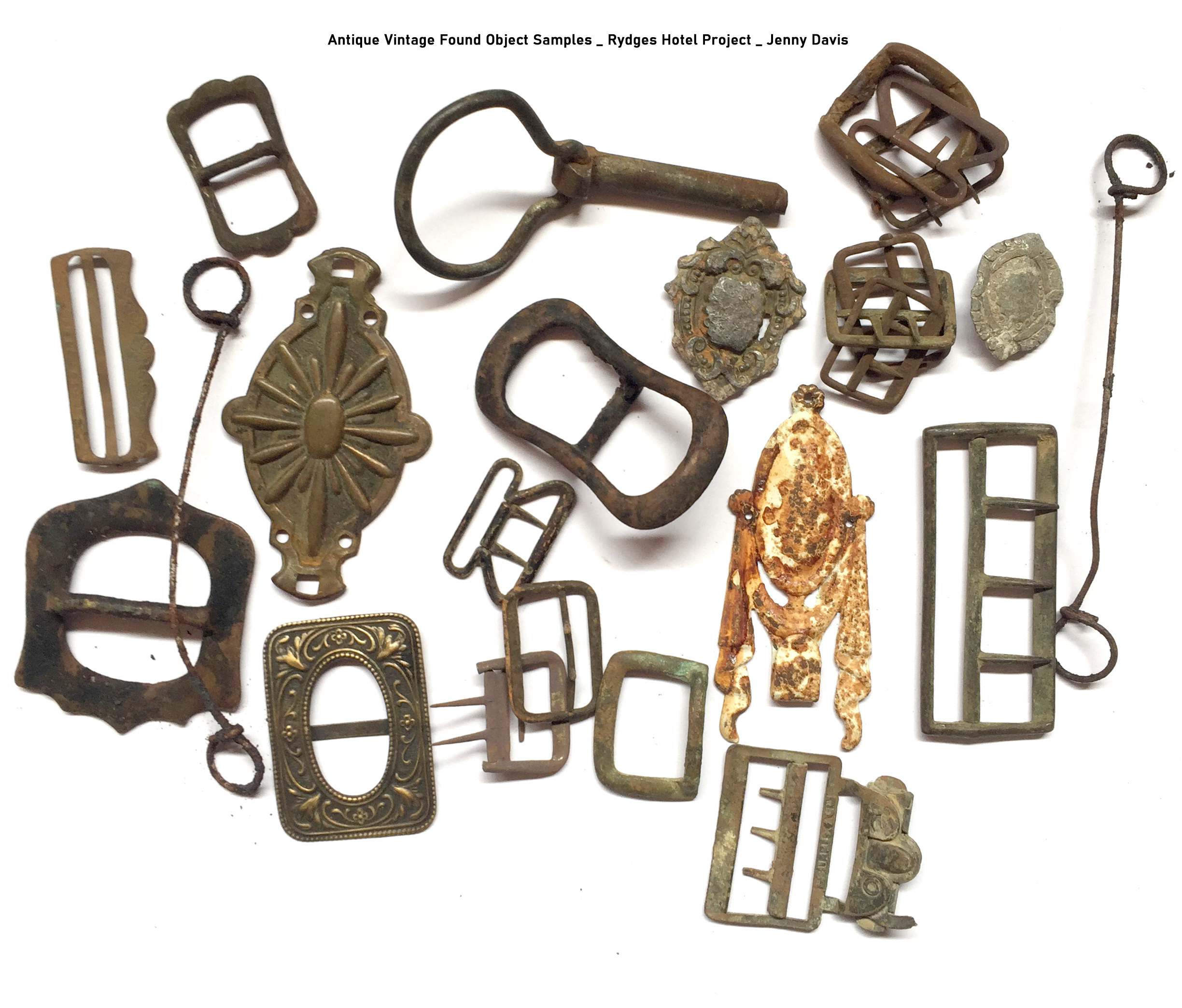
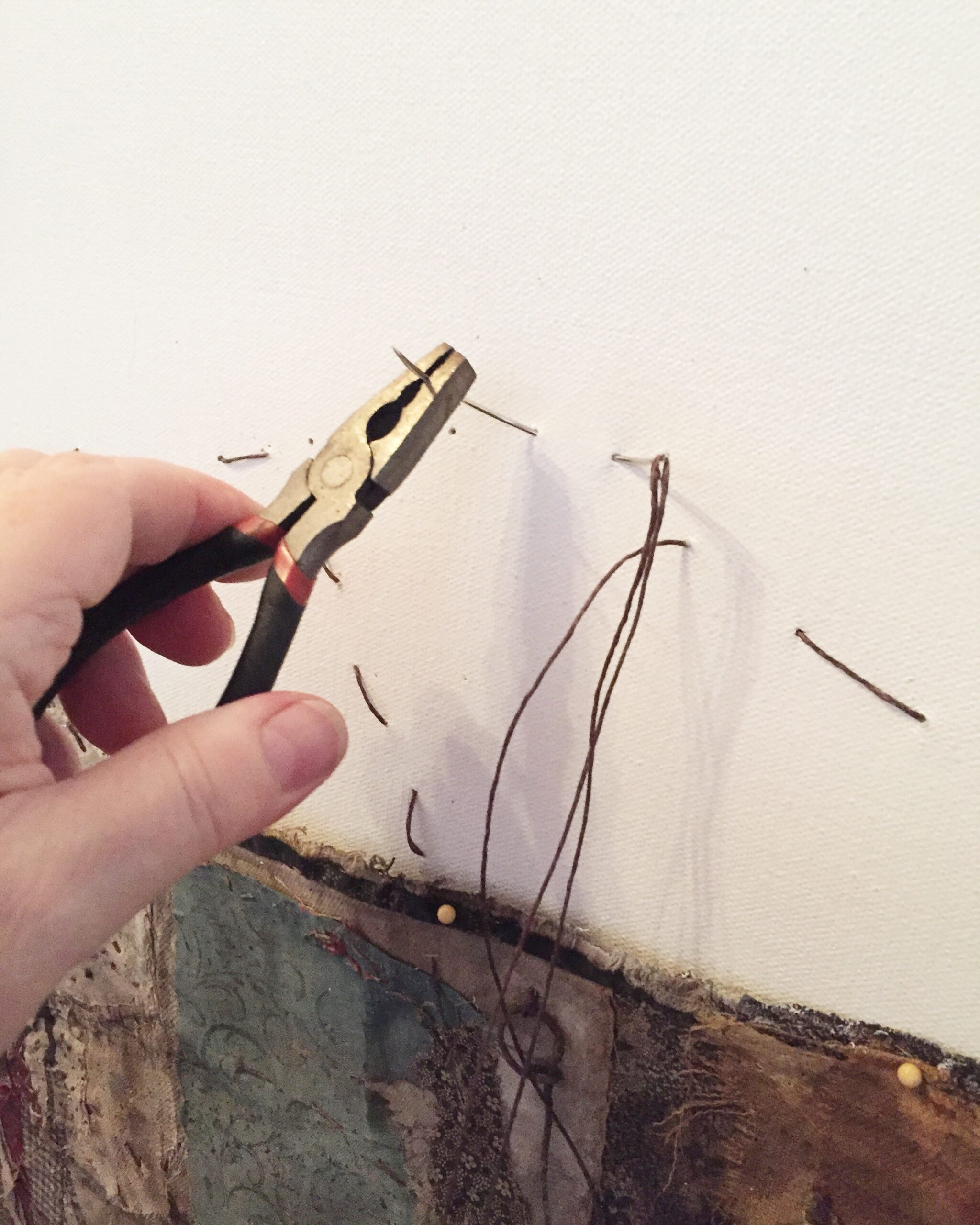
Each Landwrap piece is full of history with antique textiles, rust, sepia inks and found objects… rusty fence droppers from outback Australia, 200yr old textiles, metal detector finds from goldfields, in Victoria, 1800’s suspender buckles and 17th century smoking pipe fragments dug up from the Thames in London & more.
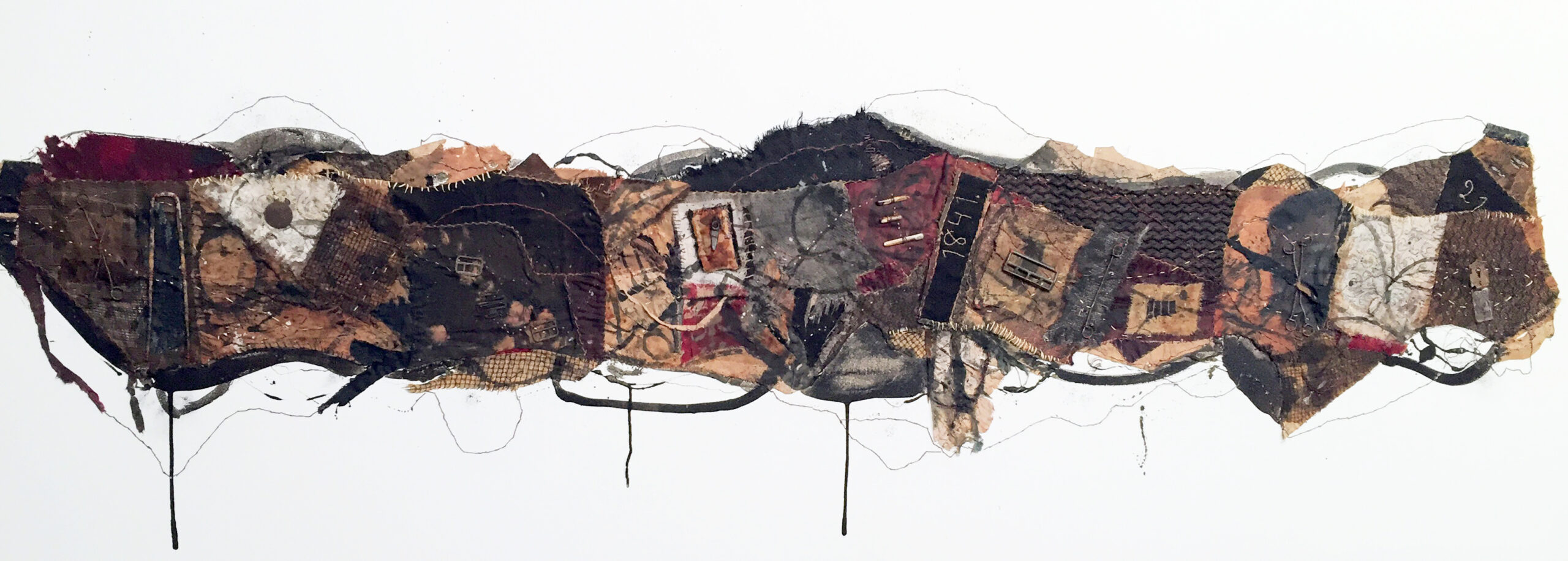
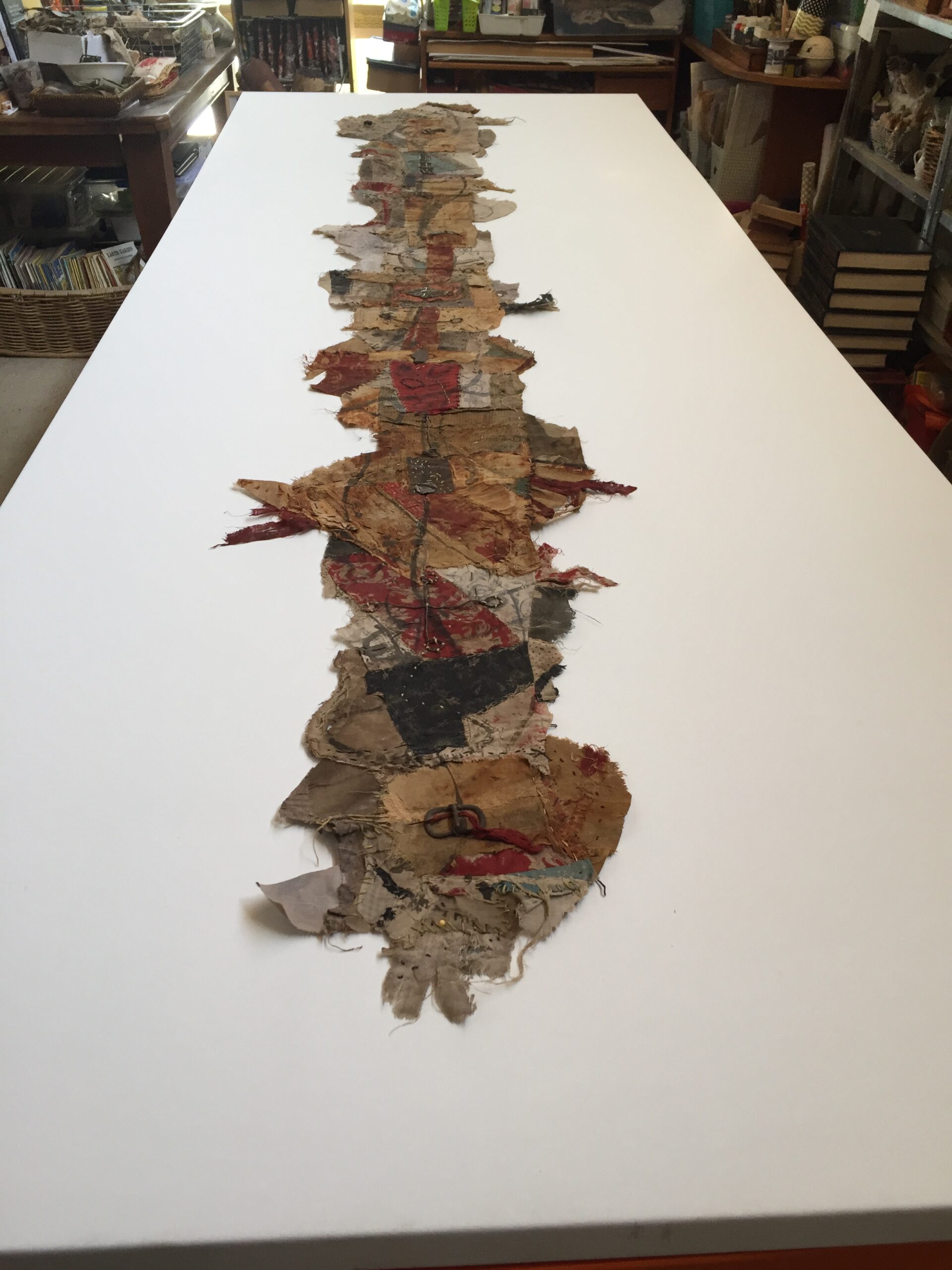
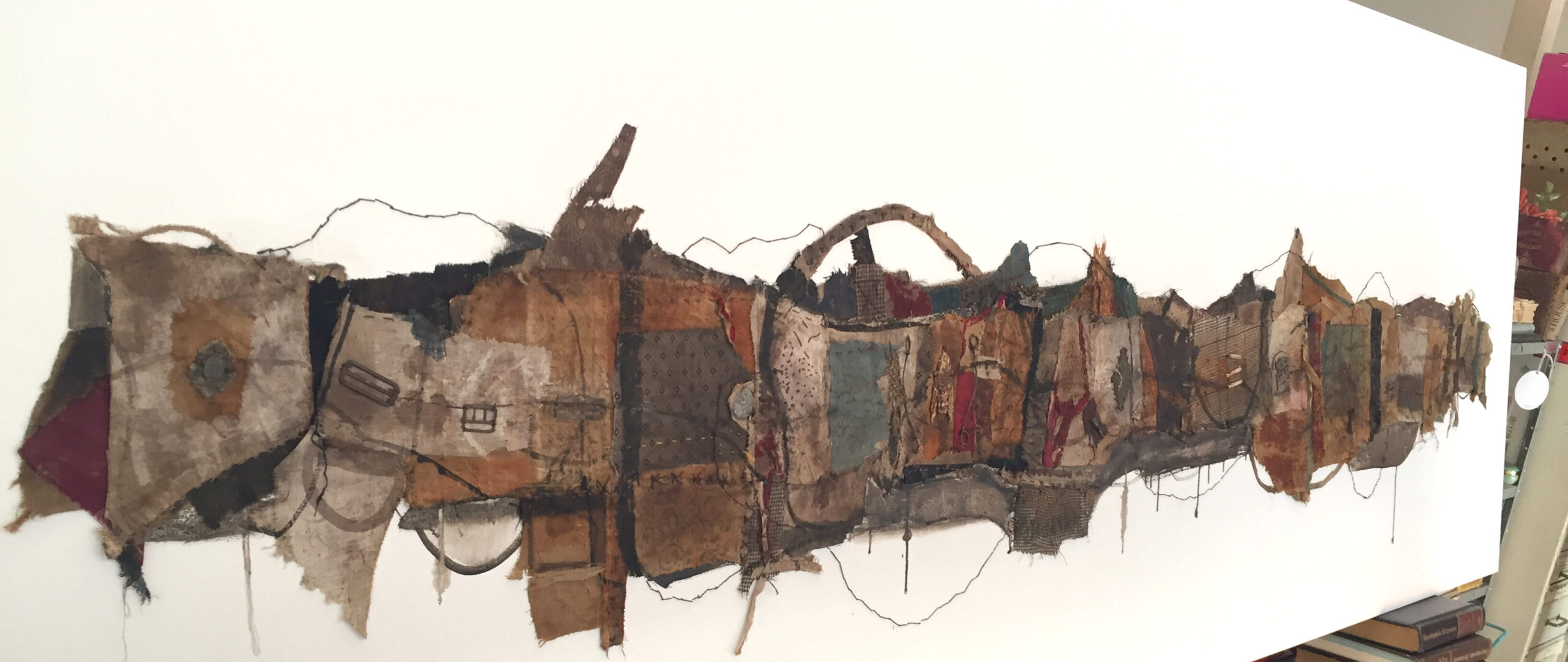
Landwrap Statement
The artworks link to the primal aerial view over Australia. Land Wrap is my relationship with the earth. A subconscious rendering of the desolate wilderness, granite landscapes, deserts, forests, waterholes and walking tracks of Australia. Being a primal source of the earth , once one is cloaked in “Land Wrap” it gives protection and wisdom for our future survival.
About Antique Textiles
The antique textiles I work with in the “Land Wrap” series are centuries old and sometimes, they seem to yell at me, but mostly, they lay silent. I think of the conversations had as I make my own marks alongside, others gone before. Ragged bits, old and new stitching, tracing marks left behind on old textiles are a reminder, of a time when women, had many obligations and few choices. I feel comfortable, as I stitch, tear, dye and reinforce the fragmented pieces. Somehow, I hope, in a small way, by reclaiming and reworking the textiles, I can give a voice to those women. Jenny Davis 2023
Sizes
2 – 2800 x 100cm
1 – 210 x 100cm
Desolate wilderness, granite landscapes, deserts, forests, waterholes walking tracks, Australia @outlook8studio



